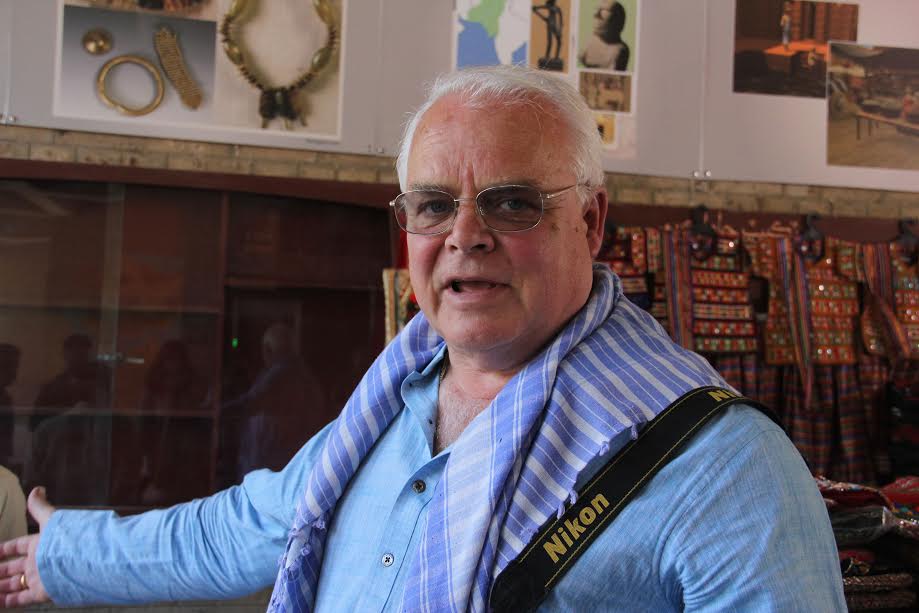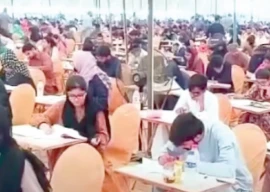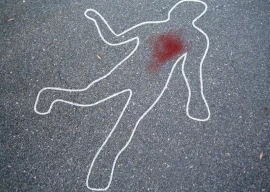
Speaking on the first day of the three-day Moen Jo Daro Conference 2017, Prof Dr Jonathan Mark Kenoyer, who has been teaching archaeology and ancient technology at the University of Wisconsin, Madison, discussed ‘Moen Jo Daro, Harappa and Dholavira: Comparing the Urban Phenomenon of Three Major Indus Cities’. Prof Kenoyer has been working on excavations and ethnoarchaeological studies in Pakistan and India since 1975 and has served as field director and co-director of the Harappa Archaeological Research Project since 1986.
https://i1.tribune.com.pk/story/1321616/indus-valley-civilisation-comes-alive-moen-jo-daro-conference-kicks-off/
Pakistan needs to redouble its preservation efforts, he said, citing an example of Harappa where workers used bricks from the ancient city to build the Multan Railway Station.
“Moen Jo Daro happened from thousands of years of development,” he explained, adding that we need to understand this development. He said archaeologists need to excavate the site again, as it has been eroding.
Beneath these cities are more cities, which are treasure troves of information, he said. Beneath Sukkur is the city of Lakhan Jo Daro and he theorised that beneath Sehwan and Multan there will be Harappan cities as well. “We need politicians to help and not give away [sell or lease out] this precious land,” he urged.
Dr Kenoyer spoke about the fact that cities were never abandoned, adding that the way Harappan cities in the Indus Valley are organised is very different from the way cities in Gujarat (Indian Gujarat) are organised.
Speaking about the discovery of a set of ‘rulers’ in Moenjo Daro and Harappa, he said his opinion differed from that of previous excavators, and said these were nothing more than drawings on clay bricks. “I believe they used their hands to measure,” he said, referring to the creation of the first uniform sized bricks in these cities.
In Harappa we excavate, bury and then build replicas on top, explained Dr Kenoyer. “You document, study and then bury them again,” he said, adding that in order to preserve these cities, the structures must be buried. The replicas can serve as informational structures for tourists. Keeping them open leaves them at the mercy of salt erosion, according to him.
“It’s hard enough to preserve firebrick, it’s impossible to preserve mud brick,” he laughed.
https://i1.tribune.com.pk/story/1304695/promoting-heritage-sites-moen-jo-daro-get-website-soon/
Speaking about the preservation work at Moen Jo Daro, Dr Kenoyer said, “Conservation of the site has to be done by carefully studying the plan and reconstructing it.”
He praised excavators and the curator at the Harappa site for their work - they have erected several replica structures - and said, “We need to think about how to excavate sites better.”
“Beneath Moen Jo Daro is a Kot Dijian-phase town. If people can dig tunnels under the sea, we can dig here,” he urged. He stressed the need to excavate further in these cities, theorising that the people of these cities built their buildings on top of older structures.
Different methods of excavation can yield different results; early excavator missed things and further excavations can teach us something new, he said. “We need to go beneath everything,” he said. “Dr Dani once said let me move the stupa (at Moen Jo Daro) and I will give you one from Khyber-Pakhtunkhwa,” he said, much to the amusement of the audience.
“We can find out a lot about the nature of the civilisation that has not been found at any other site [through further excavations a Moen Jo Daro],” Dr Kenoyer urged.

















COMMENTS
Comments are moderated and generally will be posted if they are on-topic and not abusive.
For more information, please see our Comments FAQ